Back to Courses


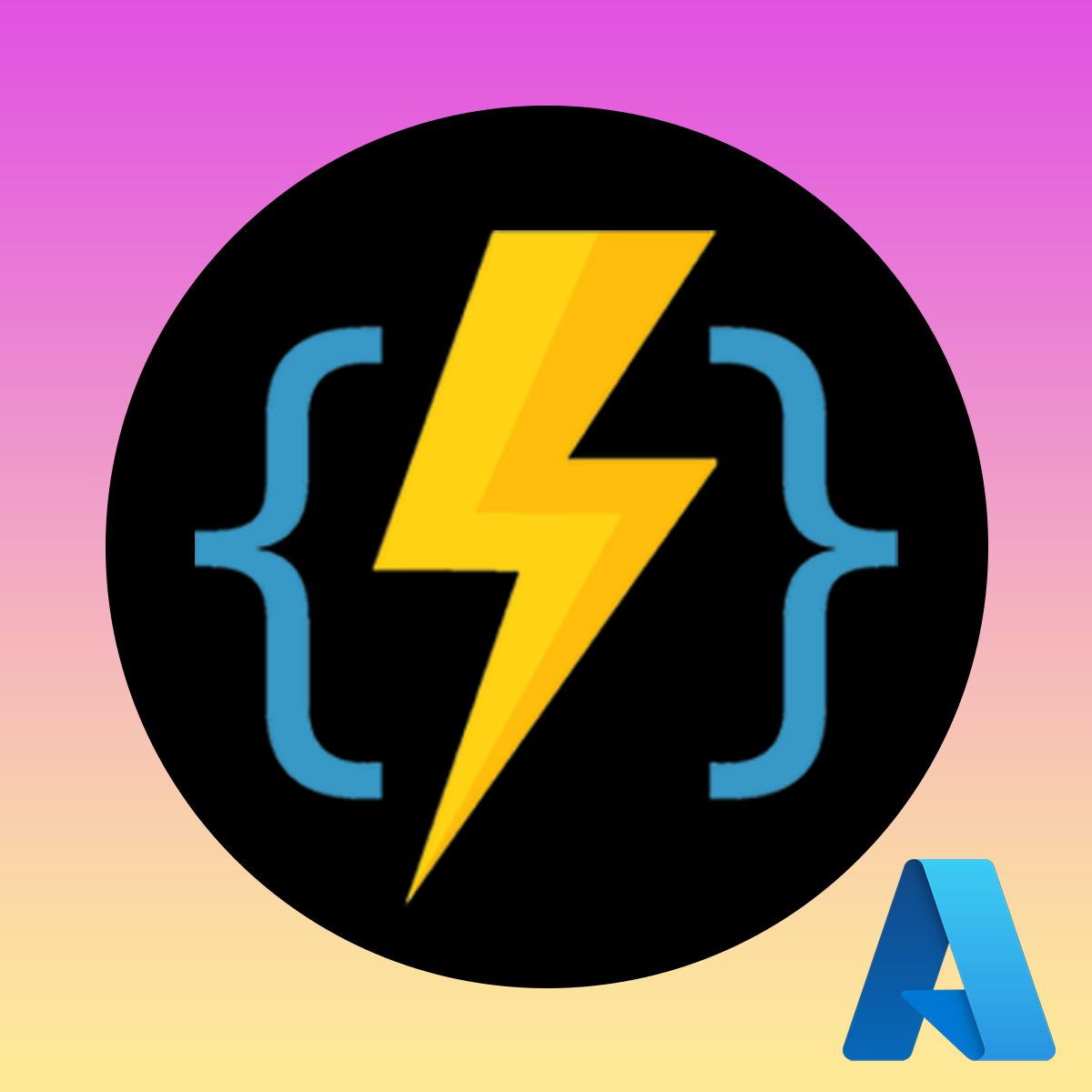
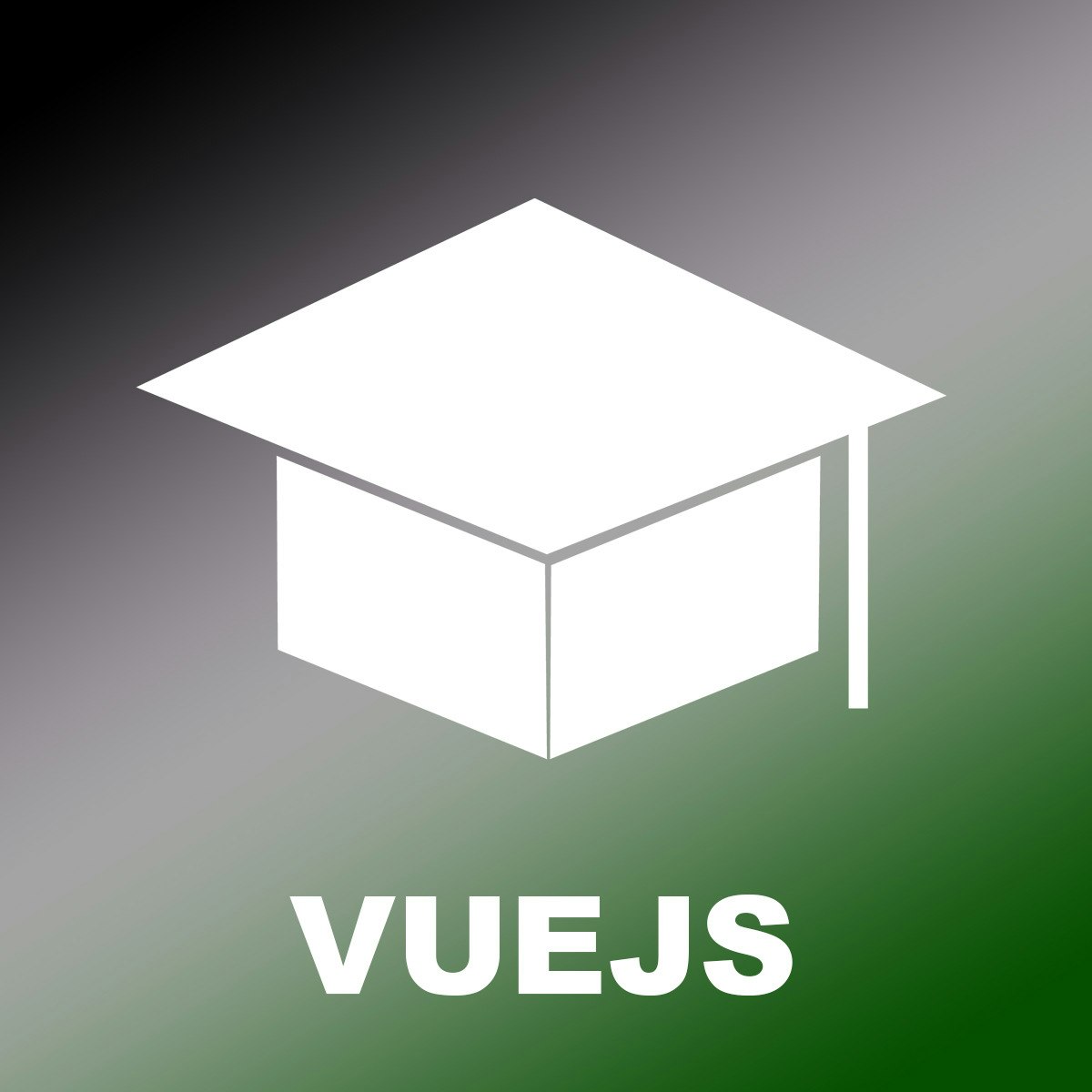
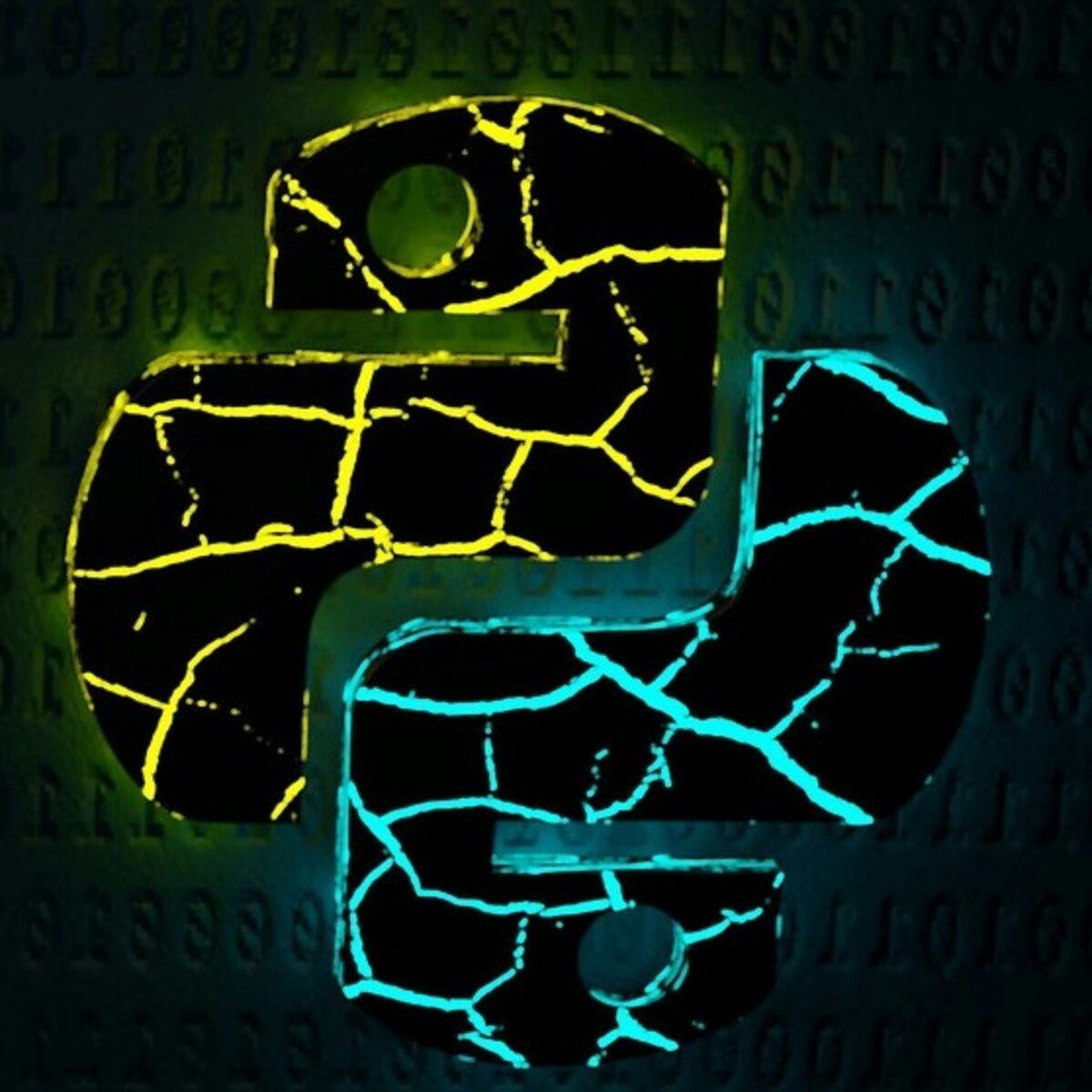

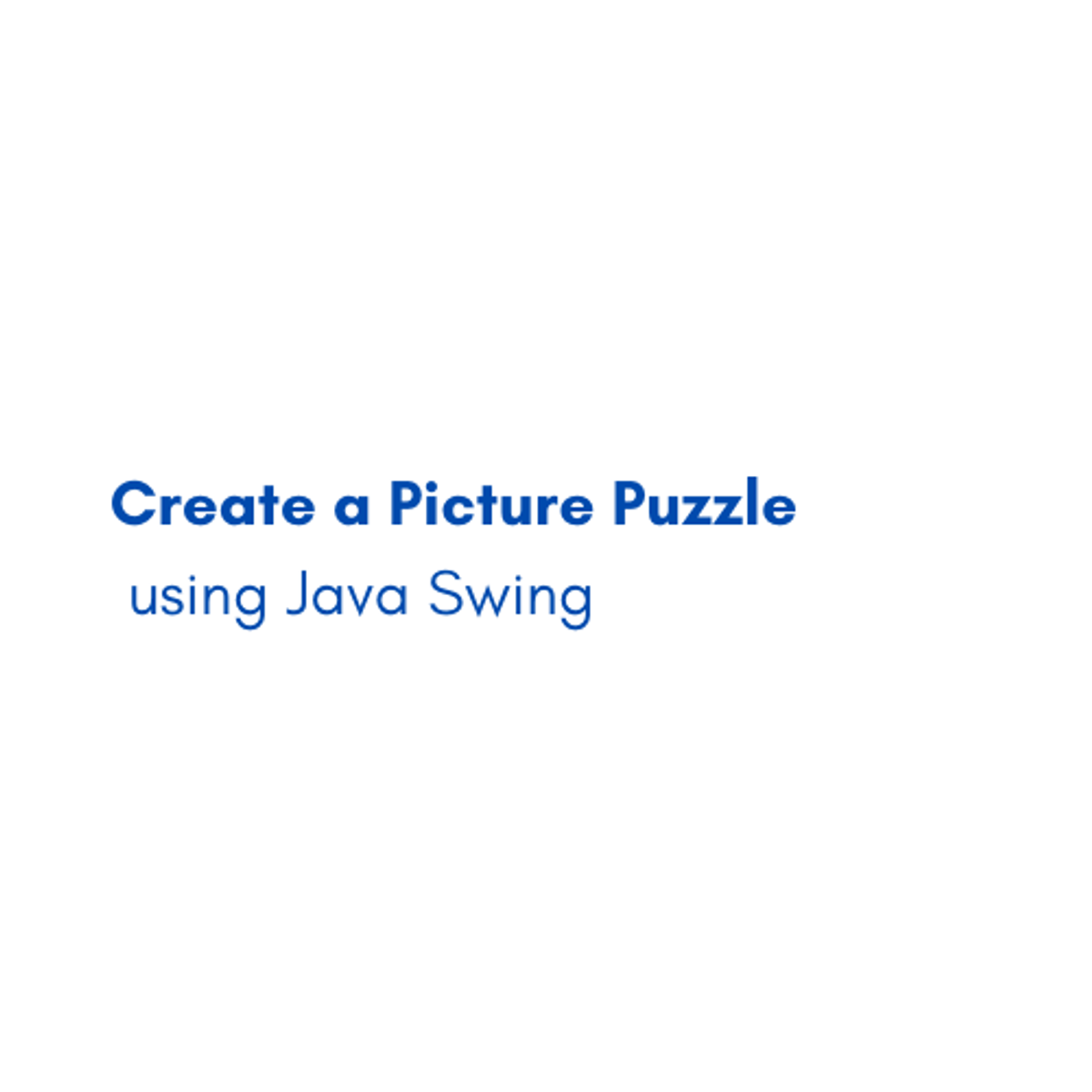
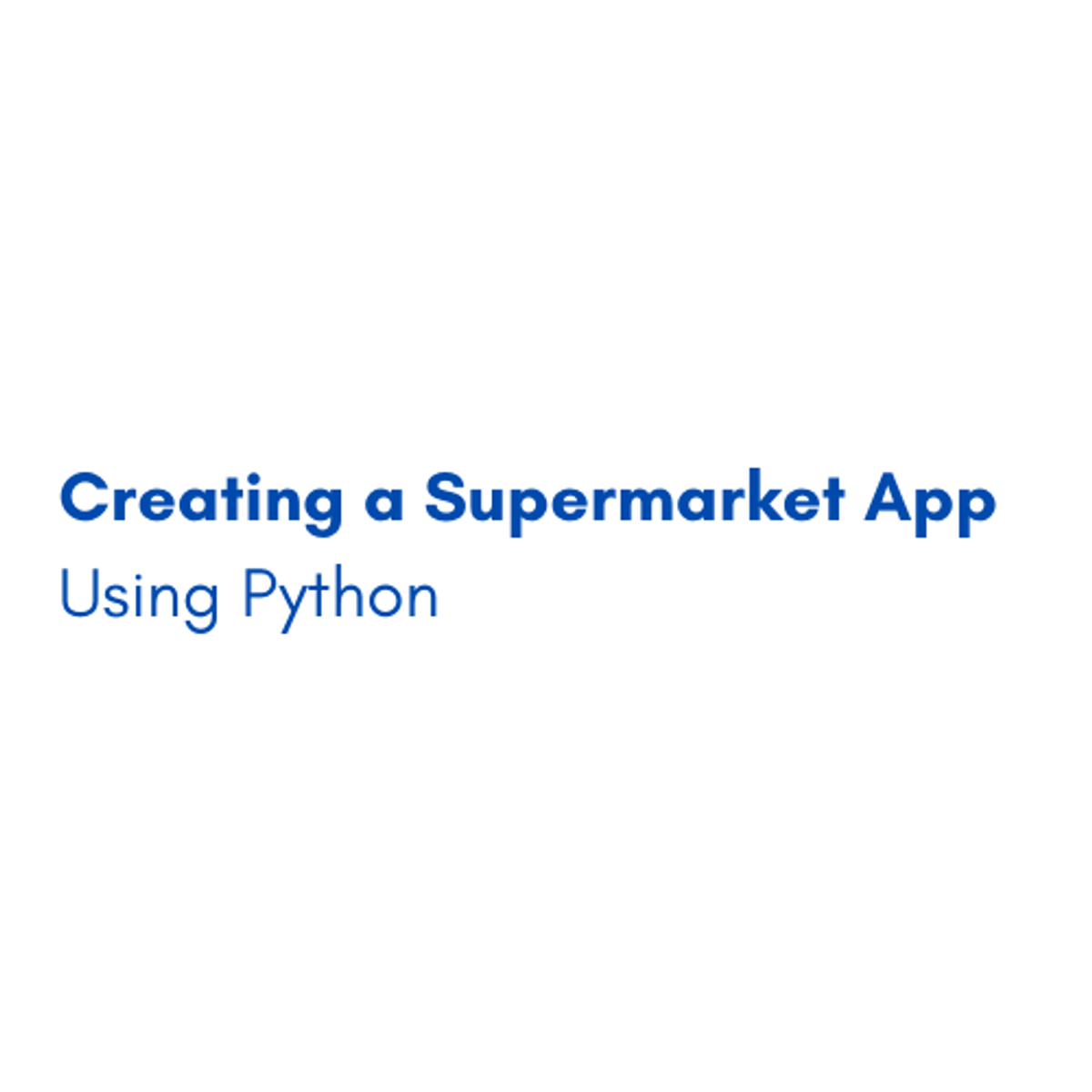
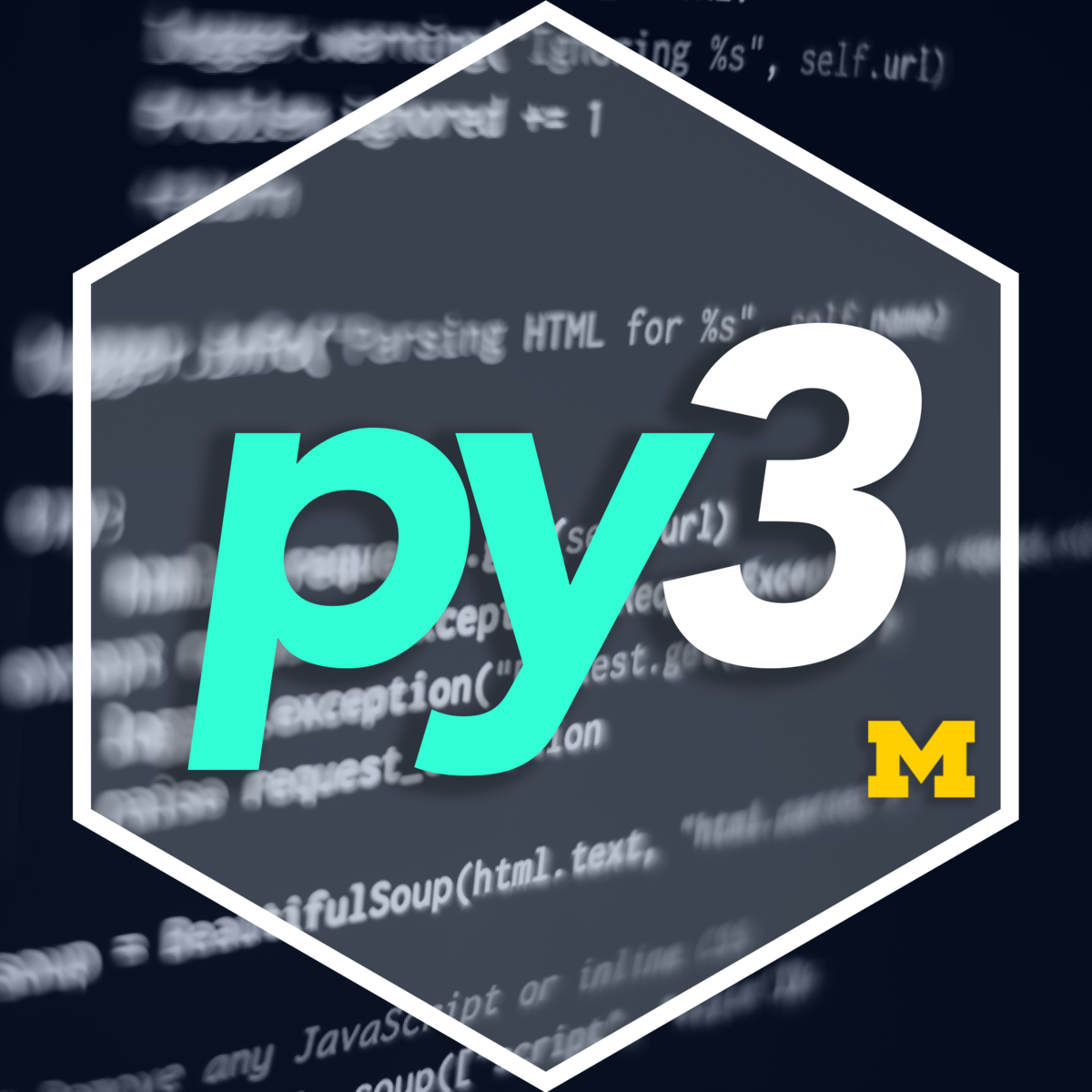
Software Development Courses - Page 38
Showing results 371-380 of 1266

M2M & IoT Interface Design & Protocols for Embedded Systems
This course can also be taken for academic credit as ECEA 5348, part of CU Boulder’s Master of Science in Electrical Engineering degree.
M2M and IoT Interface Design and Protocols is the third of three classes in the Embedded Interface Design (EID) specialization, an online version of the on-campus EID class taught in graduate embedded systems design. This course is focused on connecting devices to each other and to the cloud to create prototypes and actual systems that flow data from devices to consumers. The class includes an introduction to M2M (Machine-to-Machine) and IoT (Internet of Things) concepts, using the cloud to develop IoT systems (specifically AWS (Amazon Web Services) and its IoT framework), a review of common communications protocols at every level of connected devices, and other IoT design concerns such as security, message queuing approaches, and the use and design of APIs and microservices . The content ranges from general design best practices to specifics for select tools and methods, but all are presented to support developing embedded devices in IoT applications. The class includes practical projects that let you try some of standard methods in software development of prototype graphical user interfaces for devices using AWS, Python, and optionally Node.JS. This course can be taken for academic credit as ECEA 5348, part of CU Boulder's Master of Science in Electrical Engineering degree.

K-Means Clustering 101: World Happiness Report
In this case study, we will train an unsupervised machine learning algorithm to cluster countries based on features such as economic production, social support, life expectancy, freedom, absence of corruption, and generosity.
The World Happiness Report determines the state of global happiness. The happiness scores and rankings data has been collected by asking individuals to rank their life from 0 (worst possible life) to 10 (best possible life).
Select Topics in Python: Matplotlib
Code and run your first Python script with Matplotlib in minutes without installing anything!
This course is designed for learners with some Python experience, and provides a crash course in Matplotlib. This enables the learners to delve into core data visualization topics that can be transferred to other languages. In this course, you will learn how to use Jupyter, generate and choose the best graphs to represent your data.
To allow for a truly hands-on, self-paced learning experience, this course is video-free.
Assignments contain short explanations with images and runnable code examples with suggested edits to explore code examples further, building a deeper understanding by doing. You’ll benefit from instant feedback from a variety of assessment items along the way, gently progressing from quick understanding checks (multiple choice, fill in the blank, and un-scrambling code blocks) to small, approachable coding exercises that take minutes instead of hours.

Creating Azure Serverless Functions in a Real-World Scenario
Serverless computing and Microservices development have become a robust technology and methodology to decoupling monolithic and legacy systems, creating new services, and increasing digital transformation and innovation. In this project, you will learn how to develop some Serverless Microservices using Microsoft Azure Functions that are part of the Microsoft Cloud Platform in a Real-World Scenario example. Once you’re done with this project, you will be able to develop Azure Functions using Visual Studio Code and deploy them to Azure Cloud and create some HTML pages to be the front-end that will call and use the microservices functions, just with a few steps.

Write a University Index Web App with VueJS
Write a University Index Web App with VueJS

Class Creation in Object Oriented Python
Python is an Object Oriented Language. Object Oriented languages allow the developer to think in terms of real-world objects, such as people, cars, and animals for example. In the procedural realm, developers think in terms of functions (or procedures) and the data those functions act on. By using objects, the data can be combined with functionality – a person has eye color, an animal has behavior etc. This can lead to programs that are easier to understand, maintain, and reuse.
In this course, you will create a Python application in which you will create a class definition, create a constructor for the class, create object instances of the class, and sort a list of objects created from a file.
Note: This course works best for learners who are based in the North America region. We’re currently working on providing the same experience in other regions.

Create a Python Application using MySQL
Data plays a crucial role in application development. It plays such a crucial role that there are people called Database Administrators that specialize in just organizing the data. The traditional database used to be, and often still is, a relational database. MySQL is one of the most popular relational databases and is backed by the Oracle corporation as well. This provides the developer with a variety of online resources.
The popularity of MySQL combined with the popularity of Python has resulted in the development of an API that makes the interface between Python and MySQL almost seamless.
In this course, you will create a Python application using Python’s MySQL Connector that creates a MySQL database containing words and their definitions. You will then retrieve words and definitions from the database table, update a definition in the database table, and display a selected word’s definition.
Note: This course works best for learners who are based in the North America region. We’re currently working on providing the same experience in other regions.

Create a Picture Puzzle using Java Swing
In this 1-hour long project-based course, you will learn how to create a fully functioning picture puzzle game using Java and Swing toolkit. Java is one of the most in demand programming languages, and using the Swing toolkit with it will give you a chance to easily implement many game applications. Throughout the project, you will be able to identify and use most of the components inside the Swing toolkit , which includes creating and using JFrames, JPanels and all the necessary components you will require in order to create your own customized games using Java in Eclipse.
Note: This course works best for learners who are based in the North America region. We’re currently working on providing the same experience in other regions.

Creating a Supermarket App Using Python
By the end of this project, you will be able to code a fully functioning supermarket system using Python programming language. Throughout this guided project, you will be able to identify and apply more intermediate concepts in Python, such as dictionaries and exception handling, to be used with the basic python concepts, such as if conditions and loops. Each part of this project will prepare you to code on your own in Python language, whether to construct a supermarket system or simple coding.
Note: This course works best for learners who are based in the North America region. We’re currently working on providing the same experience in other regions.

Python Project: pillow, tesseract, and opencv
This course will walk you through a hands-on project suitable for a portfolio. You will be introduced to third-party APIs and will be shown how to manipulate images using the Python imaging library (pillow), how to apply optical character recognition to images to recognize text (tesseract and py-tesseract), and how to identify faces in images using the popular opencv library. By the end of the course you will have worked with three different libraries available for Python 3 to create a real-world data-analysis project.
The course is best-suited for learners who have taken the first four courses of the Python 3 Programming Specialization. Learners who already have Python programming skills but want to practice with a hands-on, real-world data-analysis project can also benefit from this course.
This is the fifth and final course in the Python 3 Programming Specialization.
